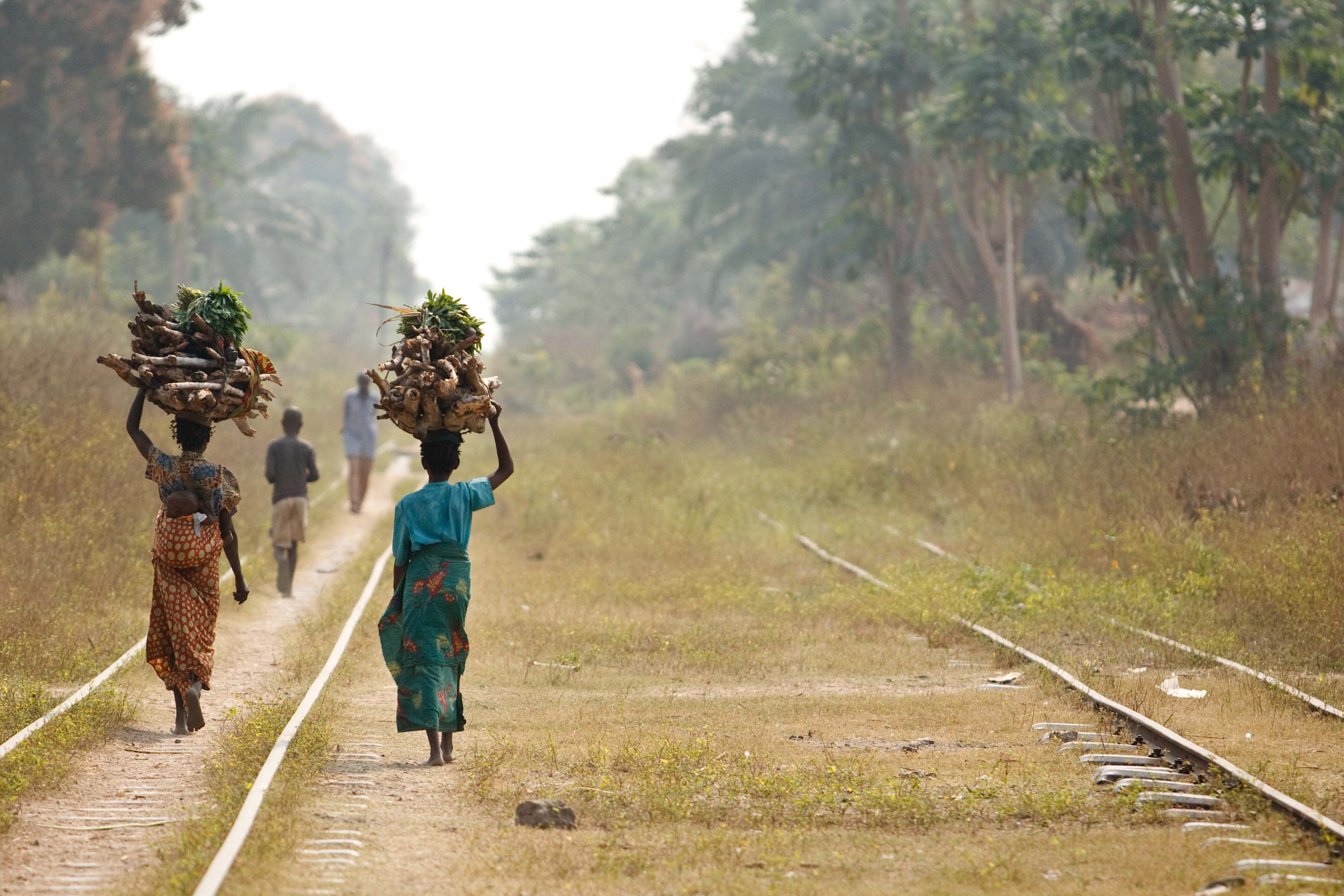Source: Food Tank
According to a 2011 report by the Food and Agriculture Organization of the United Nations (FAO), women comprise around 43 percent of the agricultural labor force in developing countries. However, FAO also notes, “women face overt and implicit discrimination in access to productive resources such as land and to services such as credit and extension.” This gender gap in agriculture means that women make up a disproportionate majority of the world’s poorest farmers. This also means that the work of projects such as the Global Forum on Agricultural Research (GFAR) stands to particularly benefit women farmers.
GFAR provides an open forum for stakeholders across the agricultural spectrum—from researchers and organizations to farmers—to participate in collaborative discussion and action around the current and future state of agriculture. The Forum seeks “to integrate research with the societies it aims to serve and put meeting the needs of farmers (particularly resource-poor farmers) and the poor at the very core of agricultural research and innovation systems.”
Much of this research and these innovation systems take on the challenge of bridging the gender gap and providing women with equal access to much-needed resources and technological advancements. According to GFAR Executive Secretary Dr. Mark Holderness, one of the most important questions GFAR participants ask in thinking about new technologies and innovations is, “How do we better benefit the needs of women?”
To answer this question, GFAR has mobilized an open and inclusive movement for change, the Gender in Agriculture Partnership (GAP), to bring greater recognition of the importance of women in agriculture and the need for gender equality in rights and institutional approaches. GAP already involves 150 organizations working together to share knowledge and build joint programs. The GAP website and GFAR’s wider blog, newsletters, reports and events, highlight the impact of women in agriculture and innovative ways to improve women’s economic and social positions within the agricultural world. For example, GFAR recently hosted an event in partnership with the World Farmers’ Organization (WFO) in New York City during the 58th Commission on the Status of Women on March 12th. The event, Empowering Rural Women Through Agricultural Innovation, discussed “how innovations lead to women’s socio-economic empowerment, with first-hand experiences of women farmers from Africa and South America.”
The Global Forum also shares new knowledge and case studies on the advancement of women in agriculture, championing publications and reports from partners’ projects from various regions throughout the developing world. The publication “Women at the market: Innovative pro-poor green farm market dynamics” explores the potential for crop yield increase in the Mbeere Sub-country region of Kenya, which would allow for the region’s women farmers to benefit economically by bringing their surplus to market. The unique possibility of homesteading unused yard space in West Bengal in lifting women out of poverty is spotlighted in “Homestead farming – An avenue for women entrepreneurship in south 24 Paragans district of West Bengal, India.” GFAR also released a study on “Gender Dynamics in Changing Rice-Based Agricultural Systems in Bangladesh,” which seeks to “provide messages for agricultural technology interventions in Bangladesh to make rice-based farming more profitable and sustainable while improving household food security and overall livelihood through the involvement of women.”
These are just a few examples of the myriad ways GFAR’s efforts to unite the conversations happening across the spectrum of agricultural research prove particularly beneficial to women farmers in developing regions of the world. In forming and catalyzing concrete, effective projects and plans for the development of agriculture, GFAR is providing support, technology, and avenues to economic success to a historically under-resourced population of the agricultural world: women.
Photo credit: ©FAO/Olivier Asselin

